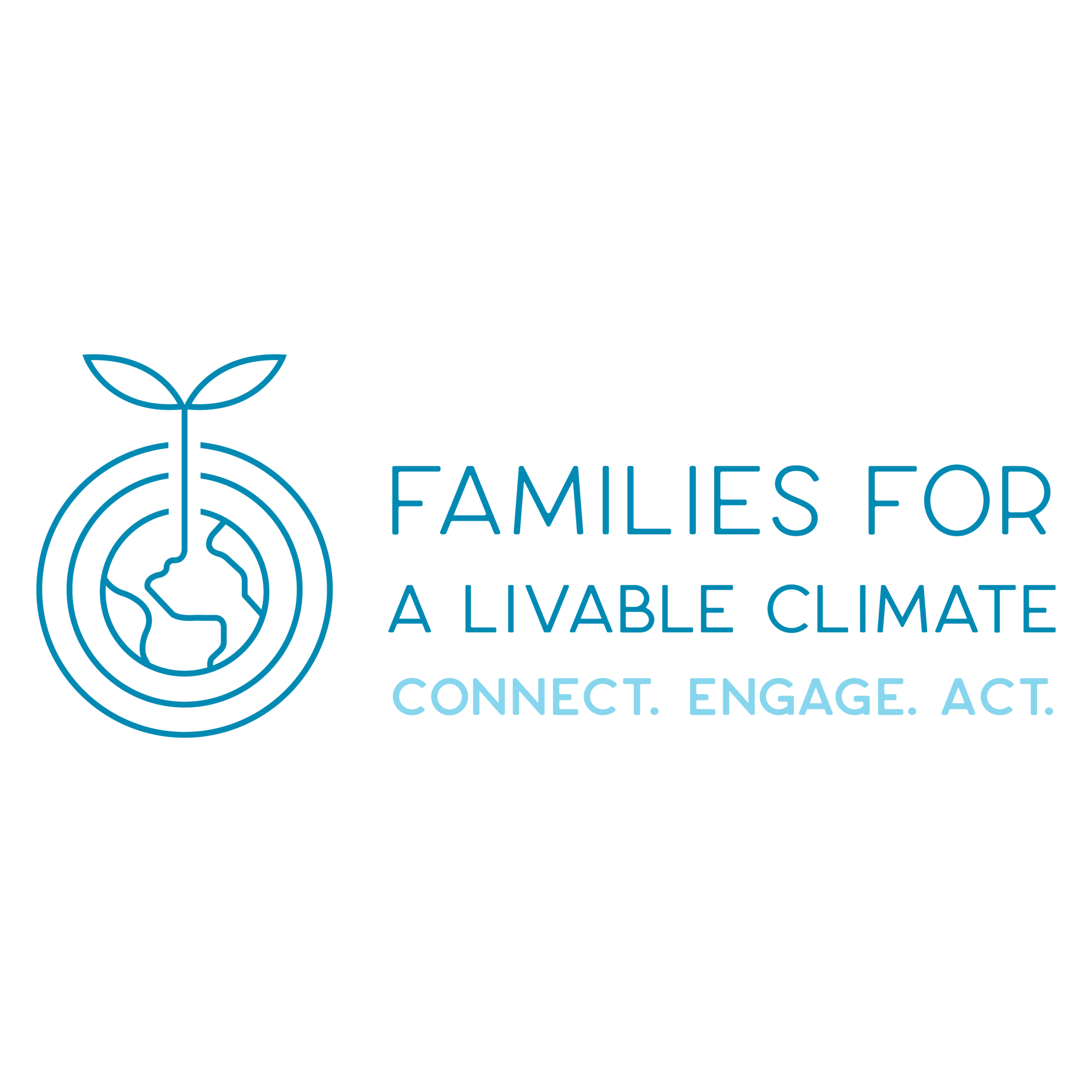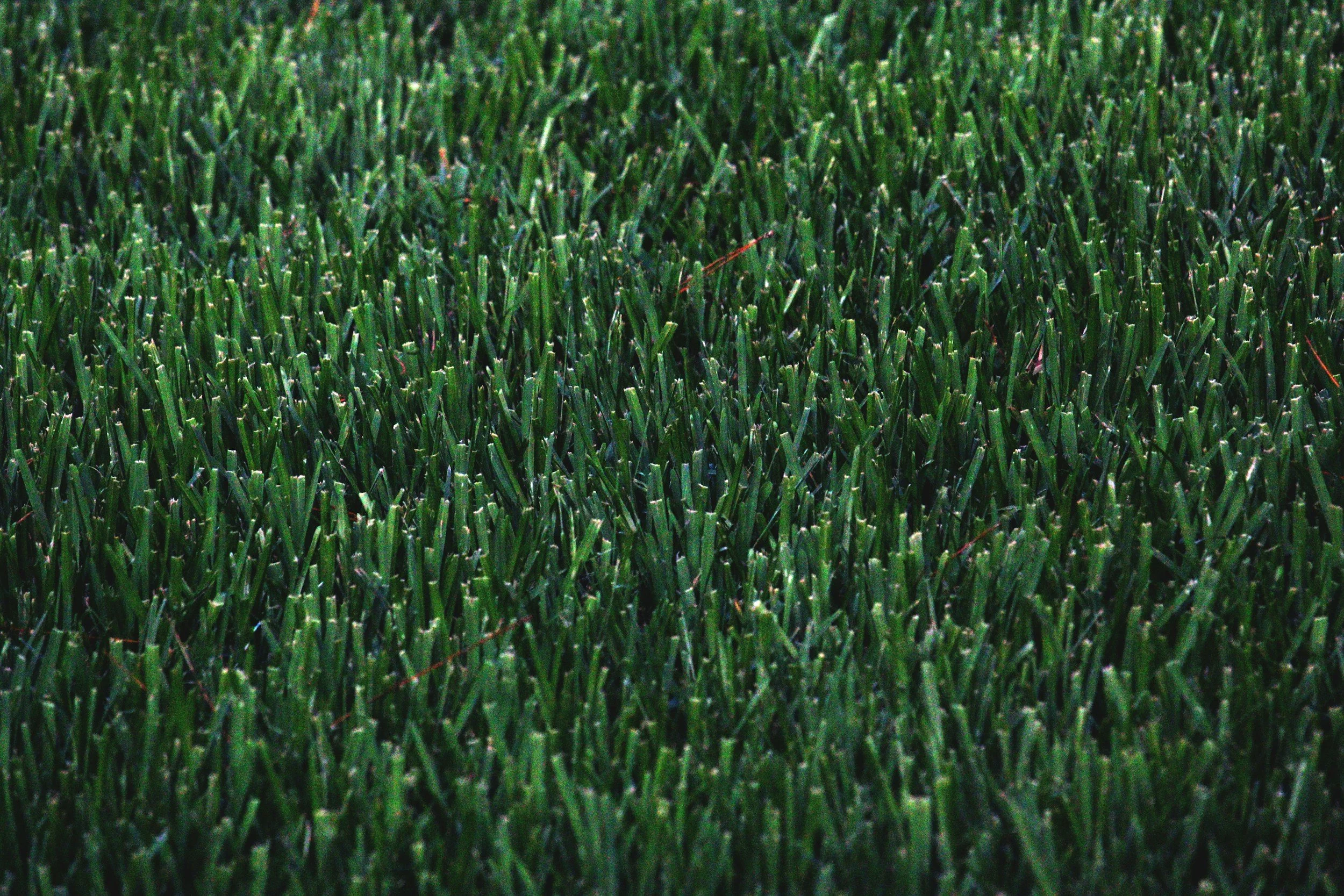Action Alert ‼️ Say No to Plastic Playing Fields
The City of Missoula is considering replacing the grass at Ogren Park baseball field with artificial turf. They shared reasons from Big Sky Professional Baseball but failed to mention the serious environmental and health risks artificial turf poses—especially next to the Clark Fork River.
Sign the letter to urge the City to reject artificial turf and invest in maintaining a healthy, natural grass field at Ogren Park—for the safety of our community, our environment, and future generations.
The Real Costs of Artificial Turf
Artificial turf is expensive and short-lived. Beyond the $2.1 million installation cost, it requires specialized equipment, maintenance, training, and eventual disposal. Turf must be replaced every 8–10 years and cannot be recycled, adding to landfill waste.
Artificial turf also gets dangerously hot—up to 70 degrees hotter than surrounding air—causing melted shoes, blisters, and heatstroke. Ironically, it must be watered to cool down, defeating claims of water savings. In contrast, grass naturally cools the environment. It has been shown to reach temperatures in excess of 200°F on a 98°F day. Synthetic turf is always significantly hotter than natural grass, concrete and asphalt, greatly concerning in regards to heat stress for athletes as well as skin burns.
Worse, artificial turf contains toxic chemicals—PFAS, phthalates, formaldehyde, and more—that threaten human health and the Clark Fork River. It sheds microplastics during use, exposing athletes to cancer-linked substances through multiple exposure pathways and increasing injury risks while flooding the Clark Fork River with toxic plastic pollution.
Artificial turf is neither safe nor sustainable. Missoula should not replace living green space with a toxic plastic surface.
Learn More about the costs of artificial turf:
What is Artificial Turf?
Synthetic or artificial turf is a multi-layer plastic product used as a surface on athletic playing fields, playgrounds, golf courses, and residential lawns. It typically consists of a top layer made from nylon, polypropylene, or polyethylene plastic, infill made from recycled tires (“crumb rubber”) or other untested material, a backing layer and a drainage layer. An average 80,000 sq ft. field contains 40,000 lbs of plastic carpeting and 400,000 lbs of infill.

